How and Why do Naturopathic Doctors Use Botanical Medicine?
Botanical medicine, also known as herbal medicine, is the science and practice of using medicinal plants and extracts to improve overall health, support wellness, and treat acute and chronic disease. Many conventional pharmaceutical drugs are derived from plants. Modern botanical medicine combines evidence-based science along with centuries-old experience to provide safe and effective treatments that support the body’s ability to heal.
Botanical medicine expands treatment options for patients. Alone or in combination with other naturopathic treatments, botanical medicine can be a safe, appropriate, and effective choice for addressing numerous health concerns ranging from frequent illness to gastrointestinal discomfort to depression, and more. During medical school, NDs complete an average of 130 classroom hours of botanical medicine education.
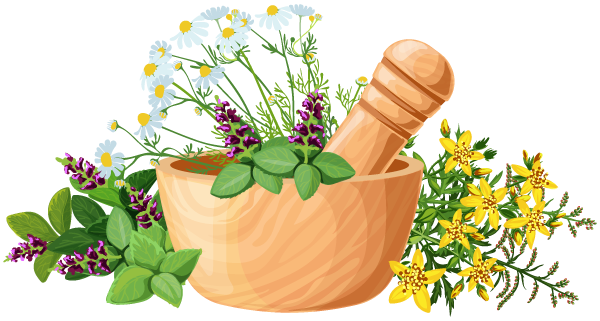
A Cornerstone of Naturopathic Medicine, Botanical Medicine is one of the Most Effective Therapies That Licensed Naturopathic Doctors (NDs) Use to Gently and Safely Treat Illness While Minimizing the Risk of Harmful Side Effects
Botanical medicine is taught in a series of courses that build upon each other through an ND’s four-year, science-based medical education. Naturopathic medical schools are accredited and are recognized by the United States Department of Education. In addition to classroom study, naturopathic medical students refine and apply learnings in various settings, including over 1,200 hours of clinical rotations with patients.
Naturopathic Botanical Medicine Curriculum
Through this rigorous curriculum, naturopathic doctors learn how to choose and effectively prescribe herbal medicines to treat the underlying cause(s) of illness, minimize side effects and drug interactions, and individualize doses and formulations for the maximum therapeutic benefit. Core areas of focus in naturopathic botanical medicine curriculum include:
![]() History and current use of Western herbal medicine
History and current use of Western herbal medicine
![]() Herbal properties and actions of plants
Herbal properties and actions of plants
![]() Herbal constituents (compounds that have medicinal properties), medicinal actions (function in the body), and indications
Herbal constituents (compounds that have medicinal properties), medicinal actions (function in the body), and indications
![]() Critical evaluation of literature and research in regard to both efficacy and interactions/contraindications of botanical medicines Naturopathic Medicine
Critical evaluation of literature and research in regard to both efficacy and interactions/contraindications of botanical medicines Naturopathic Medicine
![]() Optimal extraction and delivery for a variety of plants
Optimal extraction and delivery for a variety of plants
![]() Botanical prescription writing
Botanical prescription writing
![]() Organ systems-based botanical medicine formulation and topical application, including gastrointestinal, respiratory, immune, cardiovascular, ears/eyes/nose/throat, reproductive, urinary, endocrine, musculoskeletal, and nervous systems
Organ systems-based botanical medicine formulation and topical application, including gastrointestinal, respiratory, immune, cardiovascular, ears/eyes/nose/throat, reproductive, urinary, endocrine, musculoskeletal, and nervous systems
![]() Choosing, assessing and preparing herbal medicine in various forms including aqueous extracts, tinctures, herbal oils and salves, syrups, capsules, oxymels, poultices, and compresses. This includes evaluating comparable advantages and disadvantages of each type of preparation
Choosing, assessing and preparing herbal medicine in various forms including aqueous extracts, tinctures, herbal oils and salves, syrups, capsules, oxymels, poultices, and compresses. This includes evaluating comparable advantages and disadvantages of each type of preparation
![]() Dose ranges, contraindications, toxicity, side effects, and interactions o Sustainability of herbal medications
Dose ranges, contraindications, toxicity, side effects, and interactions o Sustainability of herbal medications
![]() Effective creation of individualized formulas for patients
Effective creation of individualized formulas for patients
![]() Translation of labels to determine the purpose and application of over-the-counter herbal products
Translation of labels to determine the purpose and application of over-the-counter herbal products
This comprehensive training combined with a focus on treating the whole person—mind, body, and spirit—enables naturopathic doctors to utilize botanical medicine when best suited to effectively treat the patient based on their diagnosis and presentation. By spending extra time to evaluate and diagnose patients and then drawing on a spectrum of therapies including botanical medicine, clinical nutrition, and behavioral and lifestyle medicine, naturopathic doctors tailor comprehensive treatment to each patient, with a close eye on safety
Botanical Medicine for Cold and Flu
Naturopathic doctors individualize botanical medicine as a treatment for numerous acute and chronic conditions. One example is cold and flu prevention/treatment. More people are seeking alternatives to prescription pharmaceuticals such as antibiotics, which can damage the gut, and to over-the-counter medications such as analgesics, decongestants, and antihistamines, which can suppress the body’s ability to produce antibodies and/or cause unwanted side effects. Examples of safe and effective botanical medicines commonly used by NDs for cold and flu prevention and treatment include:
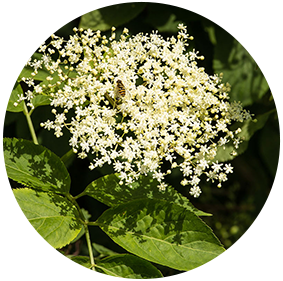
Elder (Sambucus)—a flower or berry that can be used as an anti-inflammatory, anti-viral, antioxidant, often used in syrup form
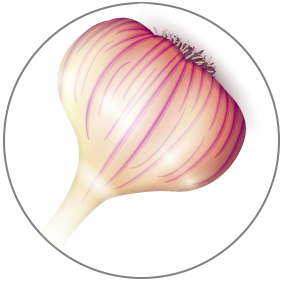
Garlic—an anti-microbial herb that can help break up mucus, and is delivered through tinctures, syrups, capsules, or crushed fresh
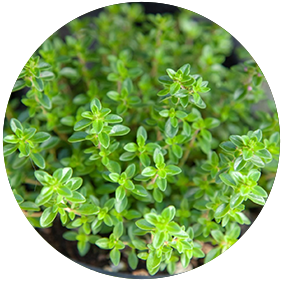
Thyme—an anti-microbial herb, also an immune stimulant, effective against biofilms, and can also help relax a spastic cough
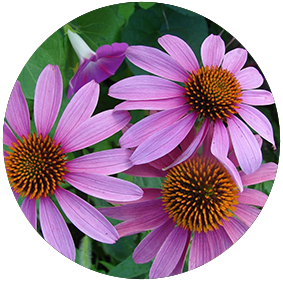
Echinacea—an anti-inflammatory, immune modulating herb that can activate white blood cells to fight infection and also be used for prevention
